The Vanguard 529 College Savings Plan (based in Nevada but open to all state residents) is one of the consistent Morningstar top-ranked 529 plans and one of my three personal finalists when choosing a plan for myself.
While poking around the site, I also came across this interactive map tool that helps you compare your in-state plan with the Vanguard/Nevada plan. Although created by Vanguard, it still offers a lot of useful information and I’m okay with then Vanguard plan being used as a benchmark.
Below is an example screenshot for Utah. Note that it will tell you if you have an in-state tax benefits, and also if that tax benefit is restricted to contributions to your in-state plan only. Where applicable, it also links to Vanguard’s 529 tax deduction calculator. Finally, if you click on “Full Comparison” you can dig even deeper.
As an example of why Vanguard is highly-regarded, I was recently notified that Vanguard once again lowered the expense ratios on many of their 529 investment options. This matches the same trend with their regular mutual funds and ETFs.
Effective May 3, 2016, the expense ratios for all Vanguard 529 Plan investment options went down, affirming Vanguard’s ongoing commitment to lowering costs for our clients. Now you’ll be saving even more. The cost of our age-based options decreased from 0.19% to 0.17%, which is 67% less than the industry average.* And the expense ratios of our individual portfolios dropped from a range of 0.19% to 0.49% to a range of 0.17% to 0.45%.
Here are some similar resources I’ve shared before: 50-state 529 tax benefit comparison (uses a common hypothetical family) and SavingForCollege tax benefit calculator.
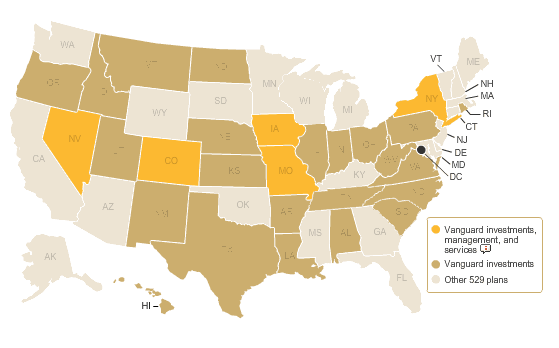
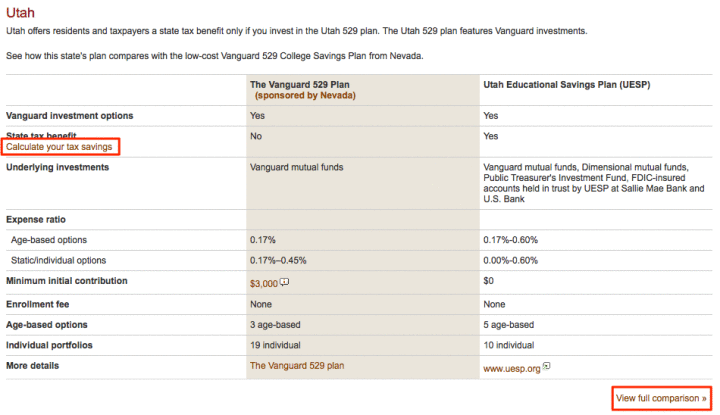
 Sometimes I get questions about dealing with student loan debt, but I no longer feel well-qualified to answer. I graduated in 2000 with roughly $30,000 in student loan debt myself, but I never participated in any government-backed repayment plan, nor did I refinance it into a lower interest loan. Roughly 70% of students are graduating with debt today as opposed to 60% in 2000, according to this
Sometimes I get questions about dealing with student loan debt, but I no longer feel well-qualified to answer. I graduated in 2000 with roughly $30,000 in student loan debt myself, but I never participated in any government-backed repayment plan, nor did I refinance it into a lower interest loan. Roughly 70% of students are graduating with debt today as opposed to 60% in 2000, according to this 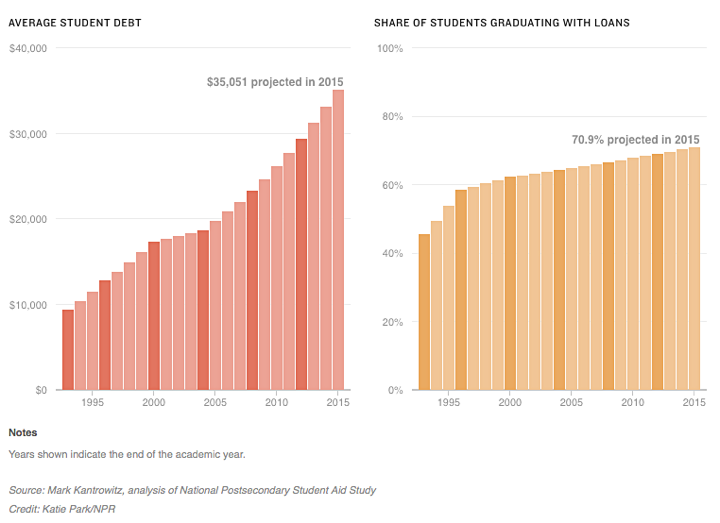

 The government just passed the Protecting Americans from Tax Hikes (PATH) Act of 2015, which had a few notable provisions for 529 college savings plan participants. Some of them need to be taken advantage of quickly.
The government just passed the Protecting Americans from Tax Hikes (PATH) Act of 2015, which had a few notable provisions for 529 college savings plan participants. Some of them need to be taken advantage of quickly.
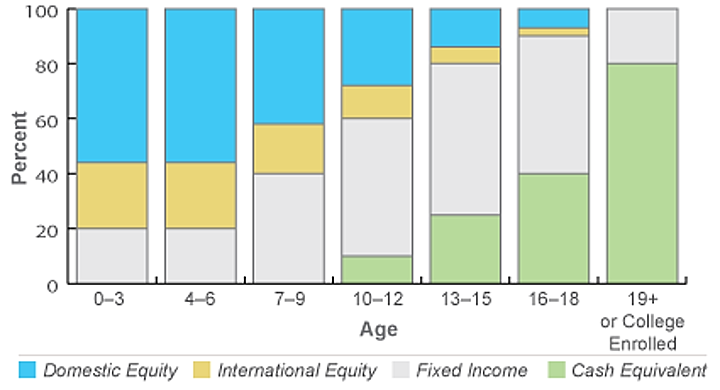
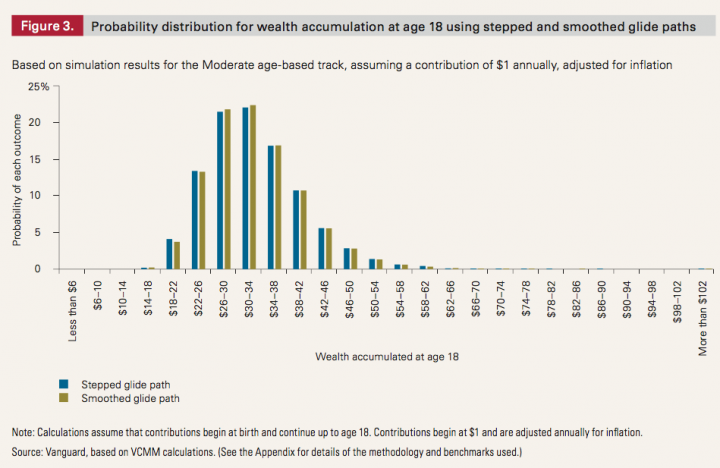
 I’m finally getting around to setting up 529 college savings plans for my kids. It remains my opinion that you should make sure your retirement savings are on track before worrying about college savings. The government let me borrow over $50,000 in student loans for college, but they won’t let me do that again for retirement.
I’m finally getting around to setting up 529 college savings plans for my kids. It remains my opinion that you should make sure your retirement savings are on track before worrying about college savings. The government let me borrow over $50,000 in student loans for college, but they won’t let me do that again for retirement.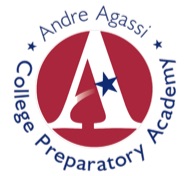 Andre Agassi became famous for being a professional tennis player, but his greatest legacy may be through his work in charitable and social causes. He now oversees both a charitable foundation and the Andre Agassi College Preparatory Academy, a tuition-free charter school for at-risk K-12 children. As both a tennis and education enthusiast, I’m a big fan. As part of their “Life’s Work” series, Harvard Business Review interviewed Agassi.
Andre Agassi became famous for being a professional tennis player, but his greatest legacy may be through his work in charitable and social causes. He now oversees both a charitable foundation and the Andre Agassi College Preparatory Academy, a tuition-free charter school for at-risk K-12 children. As both a tennis and education enthusiast, I’m a big fan. As part of their “Life’s Work” series, Harvard Business Review interviewed Agassi. Here’s some news for anyone who’s in high school and applying to college. By way of this
Here’s some news for anyone who’s in high school and applying to college. By way of this 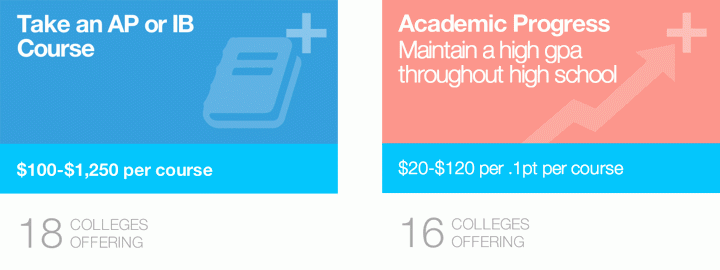
 Update 2015. The Tennessee Promise program has welcomed 15,000 students in their first year of offering free community college tuition. The number of students attending community college full-time straight from high school grew 14%. This
Update 2015. The Tennessee Promise program has welcomed 15,000 students in their first year of offering free community college tuition. The number of students attending community college full-time straight from high school grew 14%. This 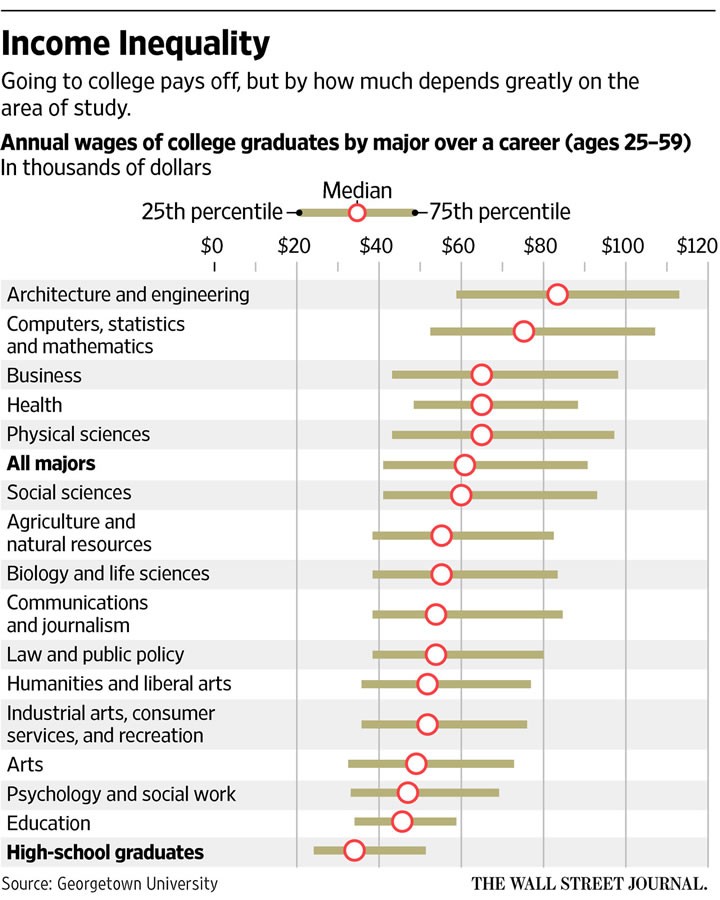
 The Best Credit Card Bonus Offers – March 2024
The Best Credit Card Bonus Offers – March 2024 Big List of Free Stocks from Brokerage Apps
Big List of Free Stocks from Brokerage Apps Best Interest Rates on Cash - March 2024
Best Interest Rates on Cash - March 2024 Free Credit Scores x 3 + Free Credit Monitoring
Free Credit Scores x 3 + Free Credit Monitoring Best No Fee 0% APR Balance Transfer Offers
Best No Fee 0% APR Balance Transfer Offers Little-Known Cellular Data Plans That Can Save Big Money
Little-Known Cellular Data Plans That Can Save Big Money How To Haggle Your Cable or Direct TV Bill
How To Haggle Your Cable or Direct TV Bill Big List of Free Consumer Data Reports (Credit, Rent, Work)
Big List of Free Consumer Data Reports (Credit, Rent, Work)